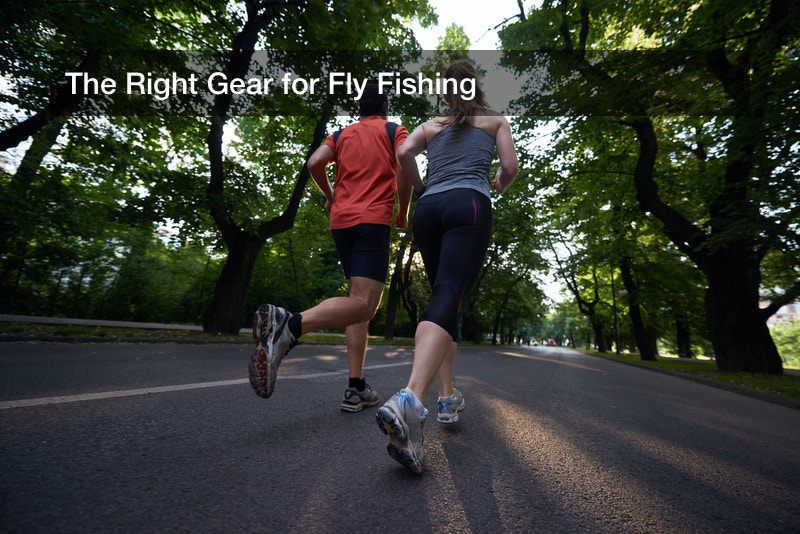
Fishing is a popular sport around the world, and while commercial fishing boats capture the bulk of the world’s seafood, hobby fishing is meant for recreation. Still, many anglers, such as fly fishers, often keep the fish that they catch and eat them, while others opt for a “catch and release” strategy. As long as local wildlife conservation rules are observed, either route is fine, and any angler will want to bring along the right gear for a fishing trip. Fly fishing in particular calls for materials such as a fly fishing gear bag, fly rod reels, the right types of lures, fly fishing lines, boots, and more. There are a few factors that set fly fishing apart from “regular” fishing, and it can be great fun. Someone getting into this for the first time can visit retailers to buy a fly fishing gear bag, new fly reels, and more.
Getting the Goods
Someone new to fly fishing, as mentioned above, is encouraged to visit outdoor hobby retailers and buy everything they need. Store associates can help the customer find the right gear to suit their budget and preferences, and even explain how to use those items safely and correctly. A fly fishing gear bag is helpful to store all spare supplies, and some fly fishing gear bags can be quite large and come with carrying straps. Aside from that, the angler needs a specialized fly fishing rod, along with reels, line, and hooks. Artificial bait is often used, such as tiny baits that have feathers on them to mimic natural insects. Some anglers may also use live bait, such as crickets, for that job.
Don’t forget the fly fishing outfit, either, as fly fishers need to dress up for the occasion. A fly fisher will not stand on board a boat or a pier like a typical anger, but instead, actually stand in the creek or stream where they are fishing. To avoid getting cold and soaked, the fly fisher will wear tall, waterproof rubber boots to keep warm and dry, and such boots may even form overalls. Along with those tall boots, the fly fisher may wear a vest with pockets for storing all kinds of items, from their mobile phone to spare bait or line, their sunglasses, and more. During warm and sunny weather, a fly fisher will wear a hat and sunglasses to protect themselves from the sun, and sunlight can reflect harshly off the surface of water. With all this gear in hand, an angler is ready.
Going Fly Fishing
A trainee fly fisher may go along with a more experienced fly fisher and learn the correct techniques for this variety of fishing. For one thing, take note that the fly fishing bait is too light to drag out the line, compared to heavier fishing bait that draw out the line. Instead, the fly fisher will move their rod so that they cast the line itself, and doing this correctly may take some practice. The idea is that the lure and line will land gently onto the water, and not make a disruptive splash that might scare away the fish. Once a fish bites, the fly fisher can reel it in.
A fly fisher who plans to keep some fish will probably have a live capture bucket on hand, filled with water. An angler performing “catch and release” will not need one, and will instead catch a fish, remove the hook and bait from its mouth, and return it to the water before it suffocates. Local conservation rules should be noted and observed, which may limit the size and quantity of fish caught. Different local species might have different limits in place. After all, it is important to maintain a breeding population for each fish species, and fish shorter than the minimum length must be returned. This helps keep the local ecosystem healthy and allows future anglers a chance to catch fish there, too.
